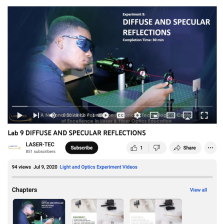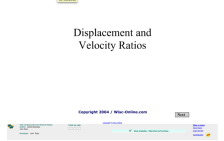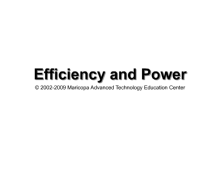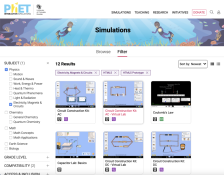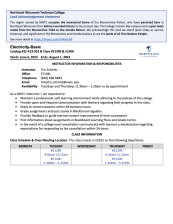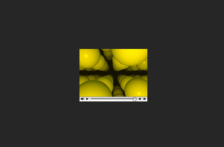Browse Resources
Resources |
|---|
This lab, presented by the National Nanotechnology Coordinated Infrastructure, will help students begin to understand nanotechnology, specifically behaviors of materials at the nanoscale. Students will "explore two factors affecting the thin film deposition, film cracking and the formation of...
This video from Laser-Tec is part of a series of light and optics experiments. In this lab, participants determine laser wavelength using diffraction grating. Participants learn about white and monochromatic light diffraction and calculate the wavelength of a HeNe laser. Equipment includes a red...
This video from Laser-Tec is part of a series of light and optics experiments. In this lab, participants explore the difference between specular and diffuse reflections, identify skin and ocular hazards associated with the specular reflections of a laser beam, and identify protection and safety...
This interactive presentation, created by James Bourassa and John Rosz for the Electromechanical Digital Library, discusses displacement and velocity ratios. Bourassa and Rosz begin by providing detailed definitions of both topics and then provide mathematical examples of each. Once this basic...
This resource, published by the Maricopa Advanced Technology Education Center (MATEC), is an animation that shows how load resistance results in increase in output power. An .mp4 is available for download and runs 01:40 minutes in length.
The Materials Science and Technology Teacher's Workshop (MAST) provides this experiment on electrical resistance and glass. The module involves breaking the glass from a light bulb and then measuring the resistance across the bulb's electrodes. The lesson includes a step by step explanation of the...
The University of Colorado's simulation and animation website features a number of simulations related to Electricity, Magnets, and Circuits. Topics covered by the many available simulations include balloons and static electricity, magnets and electromagnets, Faraday's Law, radio waves &...
This 7-page syllabus and 6-page course outcome summary, published by Northeast Wisconsin Technical College (NWTC), provide information about the Electricity-Basic course taught at NWTC. This course provides the opportunity for students "... to develop the knowledge skills process and understanding...
This 3-D color animation is conceptual visualization of bird's–eye view of electron moving through a lattice experiencing different forces. The video shows movement through the crystal structure lattice and is under 5 seconds in length.
This comprehensive open-access encyclopedia, authored by Dr. Rüdiger Paschotta and provided by RP Photonics Consulting GmbH, explains the physical principles and common techniques in laser technology, while also covering major areas of fiber-optic technology and nonlinear optics, and addressing...
|
| ← PreviousNext → |


